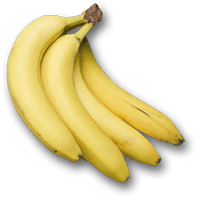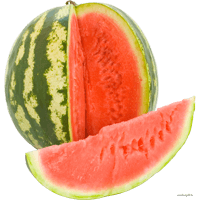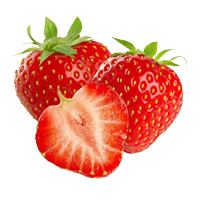Grape Glycemic Index (GI) - Is It High or Low?
According to The International Tables of Glycemic Index, the glycemic index of raw grapes from Canada is 43, whereas grapes from Italy have a little higher glycemic index of 49.
The average value of 46 of these two is selected as our value. Black grapes from Australia have an even higher glycemic index, equal to 59 (1).
However, another older study puts the GI of fresh Australian black grapes around 50 (2).
The GI of the refreshing grape nectar drink has been calculated to fall in the range of 52±5 (1).
Dried grapes or raisins tend to have a higher glycemic index due to concentrated sugars. The GI of raisins from Israel is estimated to be around 66±6. Canadian raisins have a glycemic index ranging around 64±11 (1).
Based on glycemic indices, healthy individuals and people with type 2 diabetes mellitus respond similarly to grapes (3, 4).
Experiments with grapes have shown positive health benefits for reducing metabolic disturbances during type 2 diabetes mellitus, such as hyperglycemia and hyperinsulinemia. Grapes, especially darker-colored ones, contain many antioxidants that can regulate glucose and insulin (5).
Other studies have also concluded that the phytochemicals found in grapes, such as polyphenols, can reduce mechanisms that cause hyperglycemia (6).
The low GI, combined with the positive effects of grapes on diabetic metabolic profiles, makes this fruit, notably darker grapes, a desirable part of a diet for people with diabetes. These benefits are mainly due to the phytochemicals such as resveratrol, quercetin, catechins, and anthocyanins (7).
References
- https://academic.oup.com/ajcn/article/114/5/1625/6320814
- https://academic.oup.com/ajcn/article/93/5/984/4597984
- https://www.health.qld.gov.au/__data/assets/pdf_file/0026/143567/paeds_gi.pdf
- https://www.ncbi.nlm.nih.gov/pmc/articles/PMC3208016/
- https://academic.oup.com/jn/article/139/9/1794S/4670548
- https://www.ncbi.nlm.nih.gov/pmc/articles/PMC5481737/
- https://pubmed.ncbi.nlm.nih.gov/19625702/



